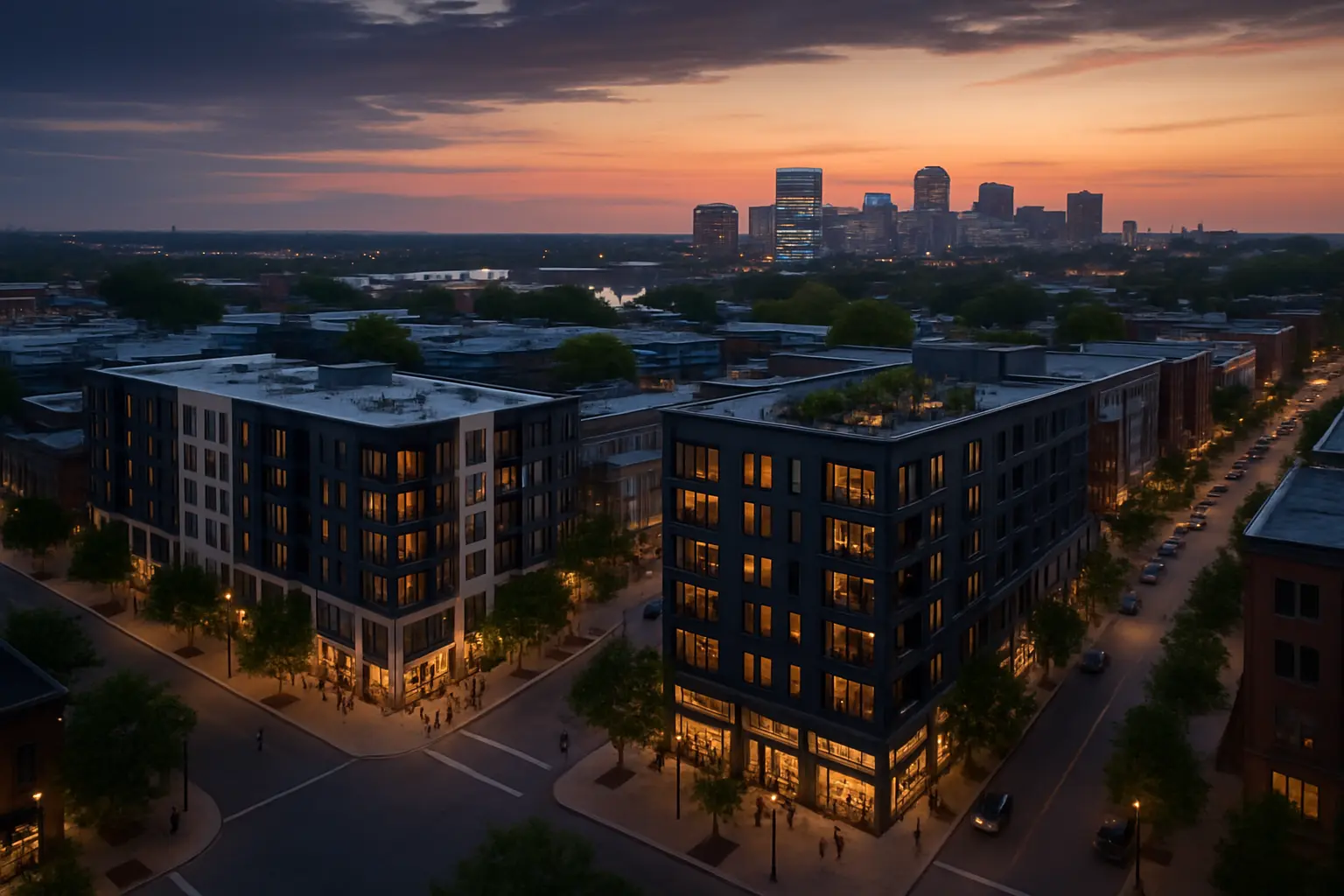The River City Renaissance: Richmond's Commercial-Residential Revolution
Discover how mixed-use developments are transforming Richmond's neighborhoods into vibrant live-work-play communities.

The Evolving Landscape of Richmond's Real Estate Market
Richmond, Virginia's capital city, is experiencing an unprecedented transformation in its urban landscape. The traditional boundaries between commercial and residential spaces are dissolving, giving way to innovative mixed-use developments that are reshaping the way residents live, work, and play.
As young professionals and empty nesters alike seek more convenient, walkable neighborhoods, developers are responding with thoughtfully designed spaces that combine the best of both worlds. This shift represents more than just a trend – it's a fundamental change in how urban communities function and thrive.
The Rise of Mixed-Use Properties
Mixed-use developments have become the cornerstone of Richmond's urban renaissance, offering several key advantages:
- Enhanced Community Vibrancy: By combining residential units with retail spaces, restaurants, and offices, these developments create self-sustaining micro-communities
- Improved Walkability: Residents can access essential services, entertainment, and workspaces without relying on vehicles
- Environmental Benefits: Reduced car dependency and efficient use of space contribute to a smaller carbon footprint
- Economic Growth: These developments attract diverse businesses and create jobs while boosting local property values
Top Districts Leading the Transformation
Scott's Addition
Once an industrial district, Scott's Addition has emerged as Richmond's premier mixed-use neighborhood. Modern apartment complexes now stand alongside craft breweries, tech startups, and artisanal eateries, creating a vibrant ecosystem that attracts both residents and visitors.
"Scott's Addition represents the perfect blend of historic character and modern amenities, showing how thoughtful development can preserve a neighborhood's soul while propelling it into the future," notes a prominent local developer.
Manchester
Across the James River, Manchester's transformation showcases the power of riverside development. New mixed-use projects have revitalized former industrial sites, creating waterfront living spaces with ground-floor retail that capitalizes on stunning river views and downtown access.
Shockoe Bottom
This historic district has embraced change while preserving its character. Contemporary mixed-use developments complement restored tobacco warehouses, creating a unique blend of old and new that attracts both businesses and residents.
Investment Opportunities and Future Outlook
Richmond's mixed-use development scene continues to evolve, presenting numerous opportunities for investors and developers. Key trends shaping the future include:
- Adaptive Reuse Projects: Converting historic buildings into modern mixed-use spaces
- Technology Integration: Smart building features and community-wide connectivity
- Sustainability Focus: Green building practices and energy-efficient designs
- Community-Centric Planning: Emphasis on public spaces and community amenities
As Richmond continues to grow, these mixed-use developments are proving to be more than just buildings – they're becoming the foundation of a more connected, sustainable, and vibrant urban future. The success of existing projects has created a blueprint for future development, ensuring that the River City's renaissance will continue to flourish.


